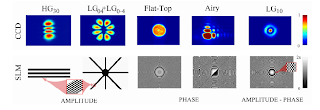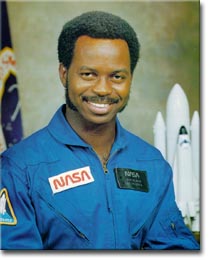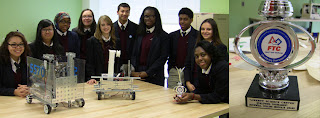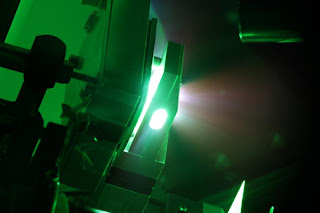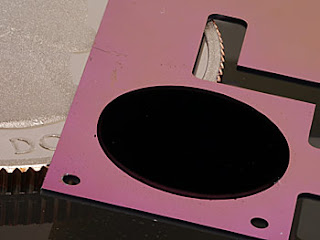In a White House ceremony Sylvester James Gates and George Robert Carruthers were awarded the National Medal of Science and National Medal of Technology and Innovation, respectively. These awards are amongst the top honors that US bestows upon scientists and engineers.
Gates is known for his work on supersymmetry, supergravity, and superstring theory. He is currently the John S. Toll Professor of Physics at the University of Maryland, College Park, a University of Maryland Regents Professor and currently serves on the President’s Council of Advisors on Science and Technology and the Maryland State Board of Education.
*****
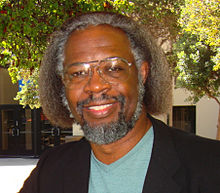 |
| Wikipedia |
Sylvester James Gates, Jr. (born December 15, 1950), known as S. James Gates, Jr, or Jim Gates, is an American theoretical physicist, known for work on supersymmetry, supergravity, and superstring theory. He is currently the John S. Toll Professor of Physics at the University of Maryland, College Park, a University of Maryland Regents Professor and serves on President Barack Obama's Council of Advisors on Science and Technology.
Gates received SB (1973) and PhD (1977) degrees from the Massachusetts Institute of Technology. His doctoral thesis was the first at MIT on supersymmetry. With M.T. Grisaru, M. Rocek, and W. Siegel, Gates co-authored Superspace (1984), the first comprehensive book on supersymmetry. (Wikipedia)
*****
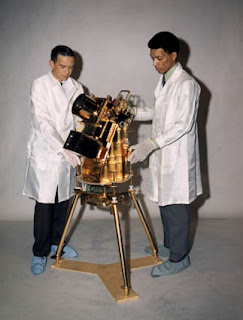 |
| NASA History |
Carruthers is an astrophysicist at the Naval Research Lab. He first gained international recognition for his on ultraviolet observations of the earth’s upper atmosphere and of astronomical phenomena. But he is perhaps best known for his work with the spectrograph that showed incontrovertible proof that molecular hydrogen exists in the interstellar medium.
*****
From a young age he showed an interest in science and astronomy. He grew up in the South Side of Chicago where at the age of 10 he built his first telescope. Despite his natural aptitude, he did not perform well in school at a young age, earning poor grades in math and physics. Despite his poor grades he won three separate science fair awards during this time.
After graduating from Englewood High School he went on to get a bachelors in aeronautical engineering from the University of Illinois in 1961, a master’s degree in nuclear engineering in 1962, and a doctorate in aeronautical and astronautical engineering in 1964. He now works with NRL’s community outreach organization, and as such helps support several educational activities in the sciences in the Washington D.C. area.
His work on ultraviolet spectrums and other types of astronautical tools helped him earn the Black Engineer of the Year award, of which he was one of the first 100 people to receive. His work has also been used by NASA, and in 1972 he was one of two naval research laboratory persons whose work culminated in the camera/spectrograph which was put on the moon in April, 1972. (Wikipedia)
*****
Original text published on NSBP Vectors. Between "*****" = Wikipedia additional info (italicized).





